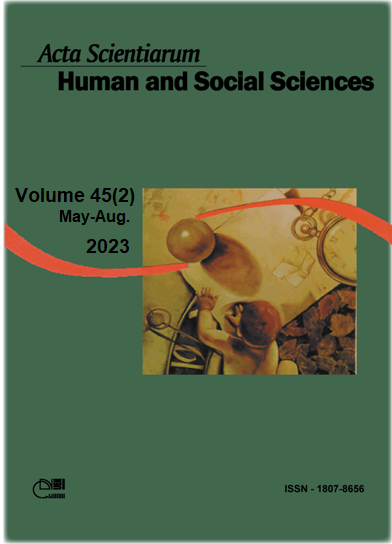As formas invisíveis do visível: fetichismo e fantasmagoria em Marx e Benjamin
Resumen
Este artigo tem por objetivo principal a compreensão de como o capitalismo ‘oculta’, deliberadamente e a depender de seus interesses históricos e de classe, as camadas que separam a realidade vivenciada pelo capital daquela realidade vivida pelo trabalho. Tratou-se, aqui, dos mecanismos que o capital encontra, ao longo do tempo, para se perpetuar não somente como sistema econômico, mas também como modelo ideológico e religioso. Em especial, foi realizada uma reflexão acerca dos mecanismos de construção de invisibilidades sociais no capitalismo a partir das obras marxiana e benjaminiana. No que diz respeito ao pensamento marxiano, o enfoque foi dado, especialmente, a seção IV do capítulo I do ‘Capital’ (‘O caráter fetichista da mercadoria e seu segredo’) (Marx, 1988). Em relação a obra benjaminiana, duas obras fundamentais do autor foram utilizadas, quais sejam, o fragmento ‘O Capitalismo como Religião’(Benjamin, 2013) e o livro das ‘Passagens’ (Benjamim, 2019) (Das Passagen-Werk).
Descargas
DECLARAÇÃO DE ORIGINALIDADE E DIREITOS AUTORAIS
Declaro que o presente artigo é original, não tendo sido submetido à publicação em qualquer outro periódico nacional ou internacional, quer seja em parte ou em sua totalidade.
Os direitos autorais pertencem exclusivamente aos autores. Os direitos de licenciamento utilizados pelo periódico é a licença Creative Commons Attribution 4.0 (CC BY 4.0): são permitidos o acompartilhamento (cópia e distribuição do material em qualqer meio ou formato) e adaptação (remix, transformação e criação de material a partir do conteúdo assim licenciado para quaisquer fins, inclusive comerciais.
Recomenda-se a leitura desse link para maiores informações sobre o tema: fornecimento de créditos e referências de forma correta, entre outros detalhes cruciais para uso adequado do material licenciado.

























